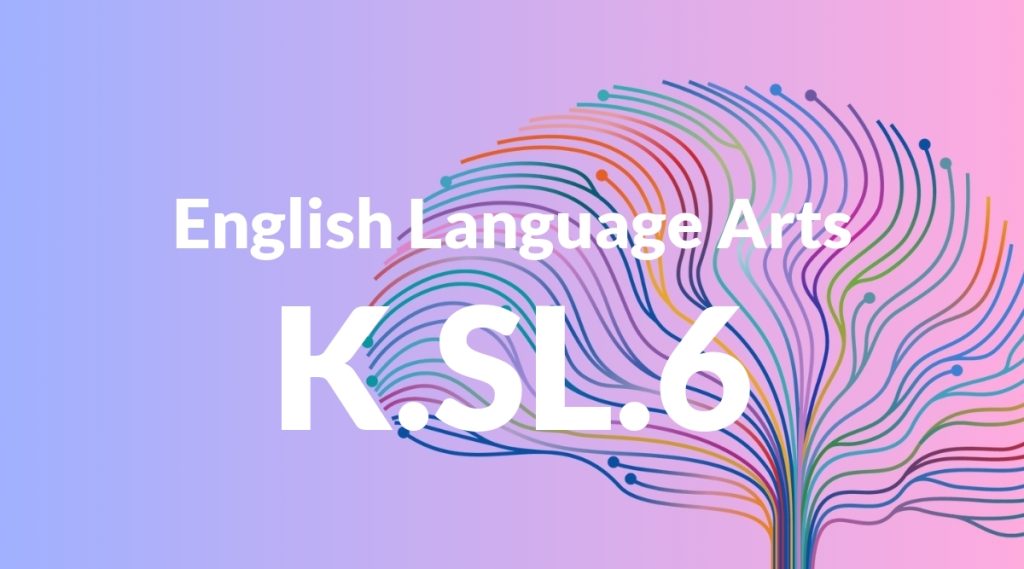Standard: K.SL.6 – Speak audibly and express thoughts, feelings, and ideas clearly.
Grade level: Kindergarten
Subject: English Language Arts
Domain: Speaking & Listening
Teacher Overview
This standard emphasizes the importance of clear verbal communication in Kindergarten. It helps students learn to express their thoughts, feelings, and ideas in a way that others can understand, which is a foundational skill for all future learning. Before tackling this standard, students should be comfortable speaking in complete sentences and have a basic understanding of common vocabulary.
After mastering this standard, students will be able to engage in more complex verbal interactions, such as storytelling and detailed descriptions, which will be crucial for their academic and social development.
Common Misconception 1
A common misconception is that speaking louder equates to speaking clearly. This is incorrect because clarity involves proper articulation and appropriate pacing, not just volume.
Intervention 1
Use activities that focus on enunciation and the rhythm of speech, such as reading aloud or repeating sentences after the teacher.
Common Misconception 2
Another misconception is that using big or complicated words will make their speech clearer. In reality, using simple and precise language is more effective in conveying ideas.
Intervention 2
Encourage students to use everyday language and provide examples of clear communication using simple words.
Prerequisite Knowledge
Students should be able to speak in complete sentences, understand basic vocabulary, and follow simple instructions.
Subsequent Knowledge
Students will develop skills in more complex verbal communication, including storytelling, detailed descriptions, and effective questioning.
Instructional Activities
- Circle time sharing
- Show-and-tell sessions
- Role-playing scenarios
- Storytelling exercises
- Describing pictures or objects




